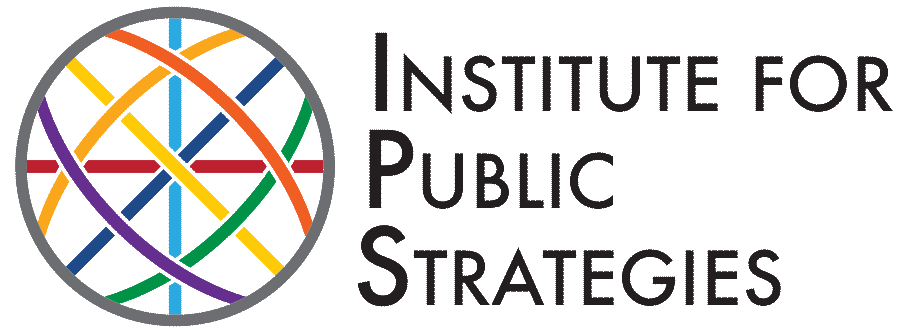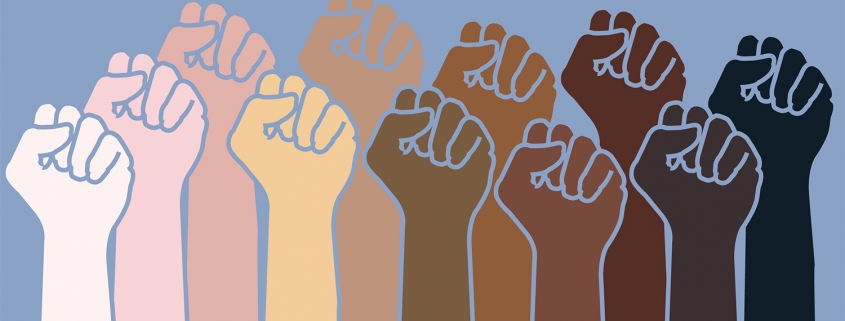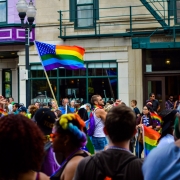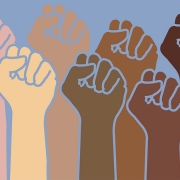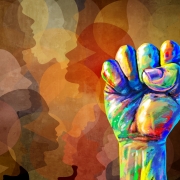5 Questions That Incorporate Racial Equity Into Public Policy – Part I
As seen on GovLoop.
When developing public policies, racial equity should be considered from the very beginning.
‘Equity’ is a state where everyone can achieve optimal health, well-being and happiness, where no one is denied this ability due to race or socioeconomic status. By contrast, ‘inequity’ is an avoidable consequence of public policies that favor one group over another.
This month, Americans celebrated our independence. We were reminded of our right to life, liberty and the pursuit of happiness. The majority of the population has enjoyed these rights since the beginning of our country. For others, however, especially communities of colors, these rights have not been easily attainable, if at all. Centuries of policies were created and enforced with implicit or explicit biases that prevented them from living the kind of lives they desired.
Now as our nation is reckoning with systemic racial inequities, whether it is from disparate health outcomes due to COVID-19 or the call for police reform due to racially charged events, agencies from all sectors are taking a practical and closer look at policies that create a more equitable society. Racial equity tools are guides that evaluate policies with the goal of benefiting everyone, not just a select few.
Considerations into racial equity can be incorporated into both the development and enforcement phases of a policy. Here are questions that agency staff can use to guide a principled approach to public policy development.
1) Does a policy that ensures racial equity exist? Does an existing one need to be revised to incorporate a fair chance for everyone to achieve the same benefit?
For example, Black people are more likely to be arrested for marijuana possession than white people, despite equal rates of use. Black people are less likely to have charges dropped than white people. Once prosecuted, they are also more likely to go to jail.
Arrest records can have a substantial impact on a person’s ability to achieve quality of life, such as eligibility for financial aid, employment or public housing. This can lead to further health deteriorations for Black people.
2) Are all stakeholders identified who should be part of the decision-making process?
A good policy analysis looks at an issue from multiple angles. Will it have the buy-in of community members, enforcement agencies, business owners, property managers, faith leaders, school officials, urban planners and all other parties that the policy will impact?
For instance, liquor licenses are a hot topic in communities, often pitting the economic needs of businesses against the health and safety of residents and other business owners. Overconcentration of alcohol outlets and other types of ‘high risk’ businesses are often found in minority communities, where often, there are those who may not feel they have the political clout to weigh in on decisions or do not have the knowledge on how to do so. Municipalities that include a public comment period can hear from a variety of voices either in support of or against a proposed business license.
3) What parts of society will be impacted by the policy, from populations served (and underserved) to the required infrastructure to implement and enforce the policy? Who will and will not have access to the benefits of the policy?
Policies often have unintended consequences, and decision-makers should take strides to consider as many as possible and have a plan for mitigation. This is also the reason for involving the perspective of a wide range of stakeholders.
4) What inherent biases can undermine a policy?
Bias can lead to blind enforcement of policies that unjustly penalize minorities. Racial profiling, or bias-based policing, is one case. The War on Drugs is another example of a policy that disproportionately targeted African Americans, resulting in soaring arrest rates. These two policies also have the unfortunate consequence of undermining law enforcement efforts to create partnerships with the communities they are assigned to protect.
5) What does the data say about the proposed policy?
Policies should always be evidence-informed. Decision-makers should consider the community conditions and demographics by looking at data, such as the American FactFinder and U.S. Census Bureau.
Moreover, there needs to be transparency and accountability in how decision-makers arrive at policy decisions to give the community confidence that good decisions are being made.
Though centuries of systemic racism institutionalized bias into many policies at national, state and local levels, it is not too late to reverse the trend of one race benefiting while another suffers. This can happen through strategic and in-depth analyses of proposed policies, as well as the buy-in of all stakeholders.
Author:
Meredith Gibson
Media Director, IPS
Meredith Gibson is the Media Director for the Binge and Underage Drinking Initiative, Countywide Media Advocacy Program and Partnerships for Success. She generates news articles to promote awareness of public health issues, collaborates on opinion editorials (op-eds) with community leaders, and pitches ideas and spokespersons to news outlets, amassing media coverage at the local and national levels.
